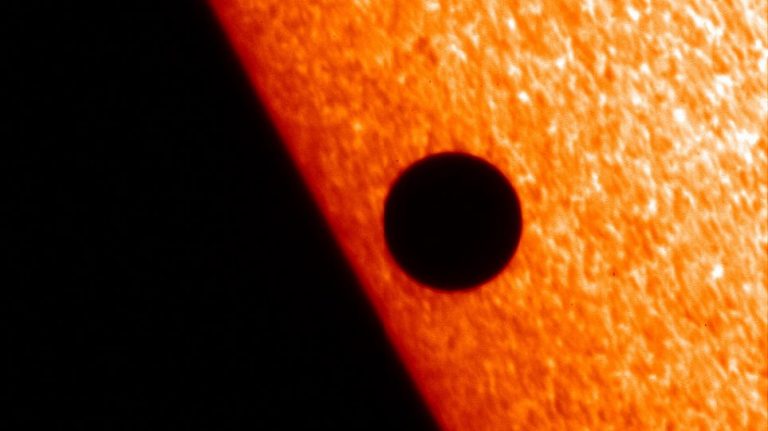Scientists have found a “cosmic killer” black hole that could be a long-anticipated missing link and solve one of the mysteries of the cosmos.
The black hole is thought to be an example of a “intermediate-mass” object, which scientists have long thought to exist but which has not been decisively discovered.
New research is the best evidence yet of such mid-sized black holes, which have until now proved mysterious to scientists. The black holes are about 50,000 times the mass of our Sun, smaller than a supermassive black hole that would inhabit the core of large galaxies, but bigger than the ones formed by the collapse of massive stars.
Scientists have seen evidence of such black holes before, but the new discovery is the most convincing example yet of such a phenomenon.
Astronomers captured the new evidence when the black hole was responsible for what Nasa referred to as a “cosmic homicide”. It was spotted when it tore apart a star that passed too close, alerting scientists to the existence of the usually elusive object.
Greek and Turkish Foreign Ministers “clash” at NATO Summit over Evros crisis
To spot it, astronomers had to use two X-ray observatories – one from Nasa and the other from ESA – as well as the Hubble Space Telescope. By combining the observations of all three satellites, they were able to trace back the powerful flare of X-rays to its likely source.
“Intermediate-mass black holes are very elusive objects, and so it is critical to carefully consider and rule out alternative explanations for each candidate. That is what Hubble has allowed us to do for our candidate,” said Dacheng Lin of the University of New Hampshire, principal investigator of the study.
Hints of the possible black hole were first found when the X-ray observatories – Nasa’s Chandra and ESA’s XMM-Newton – picked up a powerful flare of X-rays coming from somewhere in the universe, in 2006.
Read more: The Independent
Ask me anything
Explore related questions





